Women of Weed World, Mary Jane Oatman - By Sharon Letts
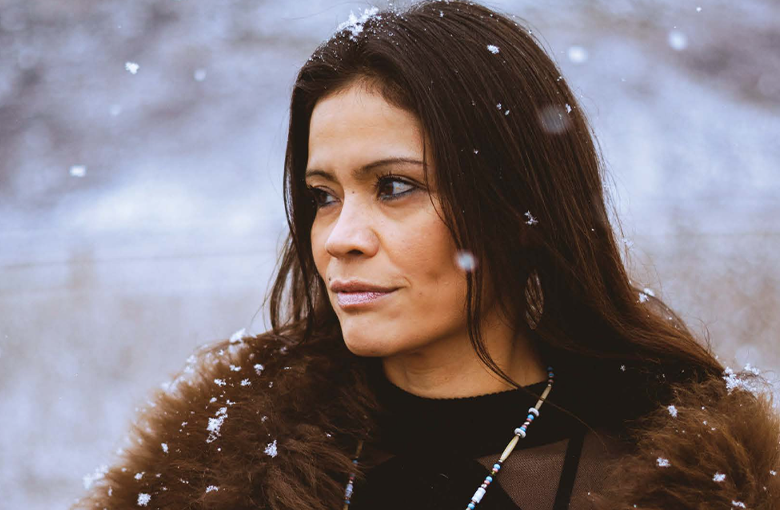
Representing indigenous people and their relationship to cannabis on tribal lands in America
Mary Jane “MJ” Oatman is the Founder of THC Magazine, “Tribal Hemp & Cannabis,” a publication focusing on Hemp and Cannabis freedoms of Indigenous people on tribal land in the U.S. And, yes, Mary Jane is her given birth name. Mary Jane Oatman Representing Indigenous People and their Relationship to Cannabis on Tribal Lands in America.
THC Magazine’s first cover and feature, published in February of 2020, profiled her Grandmother, Alice Johnson Warden. Warden had served time in prison for growing cannabis in 1985 on the family’s reservation in Idaho. Her family hails from the Nez Perce Tribe of the Columbia River Plateau - where the tribe has made its home for more than 16,000 years.
My grandmother has been my inspiration,” she shared. “She taught me that cannabis has been a part of tribal culture for centuries, used by Indigenous people around the world medicinally, culturally, and spiritually in a positive way.
I grew up with the plant as a normal part of our lives.”The Nez Perce Tribe began near the landmark aptly named, “Heart of the Monster.” As the story goes, a clever coyote outwitted a monster and freed both people and animals. There are many stories told around the world, within many cultures, of a great flood, with many characters - like the Bible’s Noah building a large boat, leading all to safety.
The Nez Perce Tribe’s tale also includes a bird sent out to find land, but returned, not with an olive branch, but a sacred hemp seed. This began the tribe’s long history of planting and using hemp, documented prior to the 1800s by the Hudson Bay Journal.It’s also been well documented that the journals from the Lewis & Clark expedition noted the use of hemp in commerce, as part of the health of its people and the economy of the tribe.
The arrest and conviction of Oatmans’ grandmother was a game changer, as far as being open any longer about the use of cannabis within the family and tribe. Like many farmers in the 1980s, the family was shoved into the shadows.
“Our family stopped growing cannabis and had to source from other farmers for medicine,” she added. “We became covert about its use. It’s sad because we’ve always had a peace pipe in our culture. For thousands of years we carried it, smoked from it, and shared it within our tribe.
It’s just another way Western culture has changed or interrupted our culture.”
No Two Tribes are Alike
MJ founded the Indigenous Cannabis Coalition, with its Mission Statement reading, in part, “to provide education to and for indigenous communities, elevating First Nations’ economies, and promoting traditional and spiritual use [of cannabis].“Not everyone on tribal land understands our history with the cannabis plant,” Oatman said. “Our goal with the coalition is to re-educate our people on their own history of using cannabis as medicine, in industry, and for spiritual use.
”The Smoke Signals podcast is under the umbrella of the coalition, featuring the discussion of tribal land issues surrounding hemp, cannabis and the history of the plant within the nations.In the U.S. cannabis legislation has been realized on a per state basis, with each state’s people voting, or state legislators deciding on ordinances. Within each state, however, are tribes on tribal lands, each with its own set of rules, typically decided by Tribal Councils.
The first assumption on any tribe is that they are all connected with the same ordinances and cultural aspects as the other. This, Oatman said, couldn’t be further from the truth. There are progressive tribes and there are conservative tribes, often reflecting the political leanings of the state they are in.“Some tribes have ordinances dealing with housing in tribal communities,” she said.
“They are chastised for their choices. For example, in Yakima, Washington, tribal staff can enter homes if the occupant tests positive for drugs - cannabis or otherwise. If you are arrested for possession during what would be called illegal entry and search outside the reservation, you can lose your tribal home.”Oatman said that some tribes have discriminatory western practices within their healthcare system. If a member tests positive for cannabis while being treated for cancer with western treatments, they must choose between cannabis and pharmaceuticals.
This can cause conflicts in light of knowing that many cannabis patients incorporate the plant with prescription medications with great success. Using cannabis prescribed by a doctor during chemotherapy for increased appetite and to prevent severe weight loss is just one example.
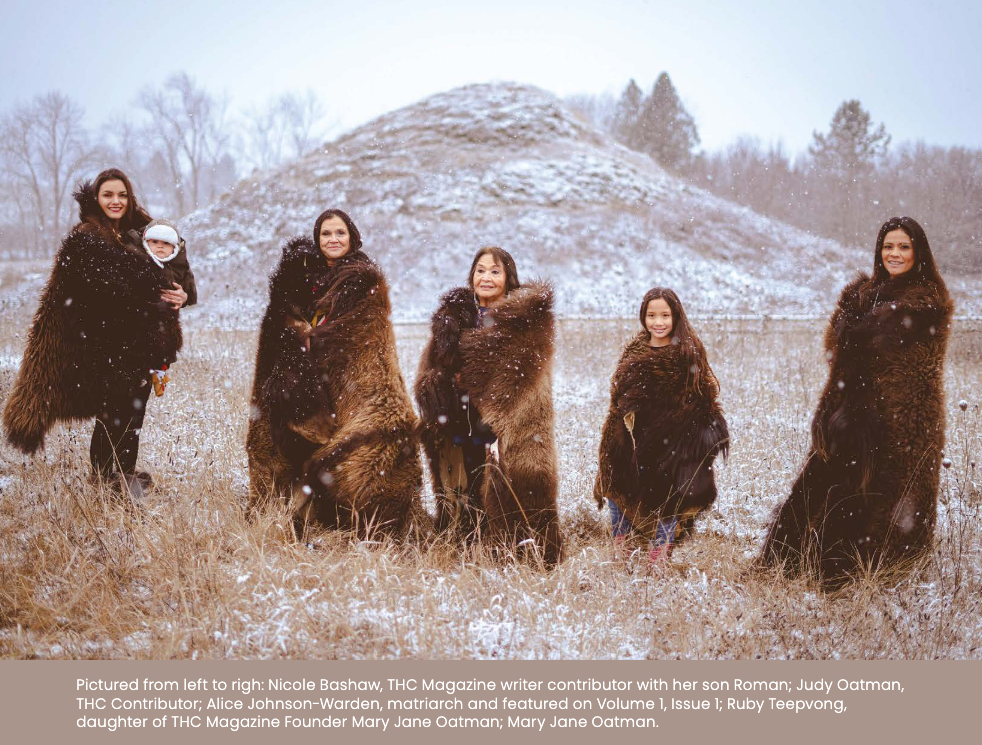
Advocacy for Native Women, Advocacy for the Plant
Of the coalitions many projects in educating and enlightening Indigenous people on their rights, not just to the plant, but across the spectrum of tribal concerns, they’ve had a few crossover projects. Namely, the disappearance, rape, and murder of indigenous women from tribal lands.“Sixty percent of the cases are homicides,” she explained. “Thirty-one percent are girls 18 and younger.
”While the data is not formally collected nor monitored by law enforcement or any government agency, it’s been said that one in four Native American women have been abducted and/or murdered, with a concentration of disappearances in the regions of Montana, the Dakota’s, as well as the Northern California and Oregon border. The Yakima Indian Reservation in Washington State has a disproportionate rate of missing Indigenous people, according to state data.Lack of funding and resources, data collection disparities, and an overall level of under-reporting is compounded by a scarcity of trained law enforcement available to cover investigations in these rural regions.
Economic stimulus from the hemp and cannabis industries on tribal lands, Oatman said, could fund the education and protection of tribal women.
Currently, the coalition has a fundraiser offering up a blood-red hand painted on the side of a Nike tennis shoe, with native colors on its logo for a fundraising raffle. The acronym, MMIW or Missing & Murdered Indigenous Women, is written on the heel.
Oatman, who served with Nike’s Sam McCracken under the Obama Administration on the National Advisory Council on Indian Education (NACIE), said that Nike has definitely elevated their advocacy for Indigenous communities under McCracken’s leadership.
Nike established N7 in 2009, representing the seven tribal nations, supporting and funding programs across the country to empower and educate tribal young women - though real change from the programs do not seem to make a difference thus far in the number of women still disappearing, and/or found murdered.
“Nike only established the N7 after McKracken presented the program and basically made them Just do it!” she added.
Preserving Ancient Use of the Plant
Another point not fully known or realized by western thinking is, indigenous peoples of the world have used plants to heal, including cannabis, for centuries.
The U.S.’s failed drug war alone turned simple remedies made at home into a covert operation.“Colonial settlements in our communities conquered, then divided, our people under the guise of religion,” she continued. “Between traditional ways and westernized, Christian beliefs, our people have been forced to choose plant medicine over the Christian doctrine of pharmaceuticals - which goes against everything we believe as indigenous people - that the earth, sky, water - and plants, are put here for us for a reason.
People need to be reeducated on our own doctrines.”Grandmothers, great-grandmothers, and all the mothers that came before them, all soaked the cannabis plant in a moon-shine-type alcohol to use as a topical tincture. All soaked the plant in olive oil or other carriers as a tincture and topical. Beneficial plants were fed to livestock - with no need for antibiotics, growth hormones, or anti-inflammatories - with only prevention of illness to follow in a real trickle-down health benefit to us.
Cannabis, along with the traditional ways of tribal people, were challenged by the western world, brought to them from afar by missionaries, under the guise of God.
“God said, “See, I give you every seed-bearing plant that is upon the earth, and every tree that has seed-bearing fruit; they shall be yours for food.” - Genesis 1.29“Colonial settlements in communities conquered and divided the people using religion,” she explained. “Between Christian and traditional ways, tribal people were torn about the continued use of healing with plant medicine.
It’s quite amazing that the Christian doctrine aligns with using pharmaceuticals rather than the plants God made - clearly mentioned in the Bible
.”The protection of tribal sovereignty in cannabis legalization is critical, as it would help preserve ancient use, not just of cannabis, but in recognizing many plants as remedy over pharmaceuticals, or for use in conjunction with.
“The failure of cannabis legislation to realize the relationship that many indigenous communities have had with cannabis has set us behind in terms of a collective advocacy with the tribes,” Oatman mirrored on its website.
“It’s set us behind in protecting Mother Earth, our water, and our lands when talking about developing with the new cannabis economies being established globally now.”
Written and Published By Sharon Letts in Weed World Magazine issue 152
Sharon Letts: Twitter








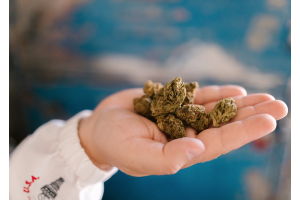
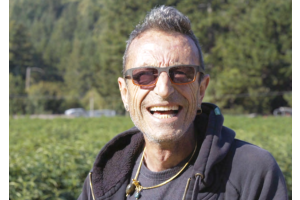
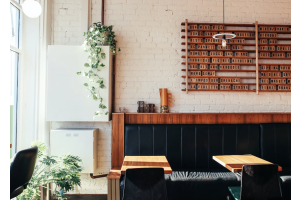

Validate your login